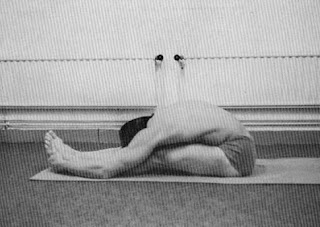Yoga Sutra

The Classical Period is marked by another creation - the Yoga Sutra. Written by Patanjali around the second century, it was an attempt to define and standardize Classical Yoga. It is composed of 195 aphorisms or sutras (from the Sanskrit word which means thread) that expound upon the Raja Yoga and its underlying principle, Patanjali's Eightfold path of Yoga (also called Eight Limbs of Classical Yoga). These are:
- Yama, which means social restraints or ethical values;
- Niyama, which is personal observance of purity, tolerance, and study;
- Asanas or physical exercises;
- Pranayama, which means breath control or regulation;
- Pratyahara or sense withdrawal in preparation for Meditation;
- Dharana, which is about concentration;
- Dhyana, which means Meditation; and
- Samadhi, which means ecstasy.
Patanjali's concept was dominant for some centuries that some Yogis focused exclusively on Meditation and neglected their Asanas. It was only later that the belief of the body as a temple was rekindled and attention to the importance of the Asana was revived. This time, Yogis attempted to use Yoga techniques to change the body and make it immortal.



Comments